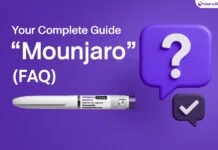In a world where people strive for better health and a slimmer physique, “Ozempic” (Semaglutide) has become a standout option. Originally developed to help manage type 2 diabetes, Ozempic is now widely recognized for its effectiveness in promoting safe and sustainable weight loss.
What is Ozempic?
Ozempic is the brand name for semaglutide, a GLP-1 receptor agonist medication originally developed to treat type 2 diabetes. It mimics a hormone called GLP-1 (glucagon-like peptide-1) that targets areas of the brain involved in appetite regulation. Over time, Ozempic has gained global popularity for its significant weight loss benefits, even in people without diabetes.
It is administered as a once-weekly injection using a prefilled pen, and it works by:
- Reducing hunger and food cravings
- Slowing gastric emptying (keeping you fuller for longer)
- Improving insulin sensitivity and blood sugar control
Because of these mechanisms, Ozempic is now commonly used off-label as part of weight management plans in adults with obesity or overweight conditions, especially when paired with diet and exercise.
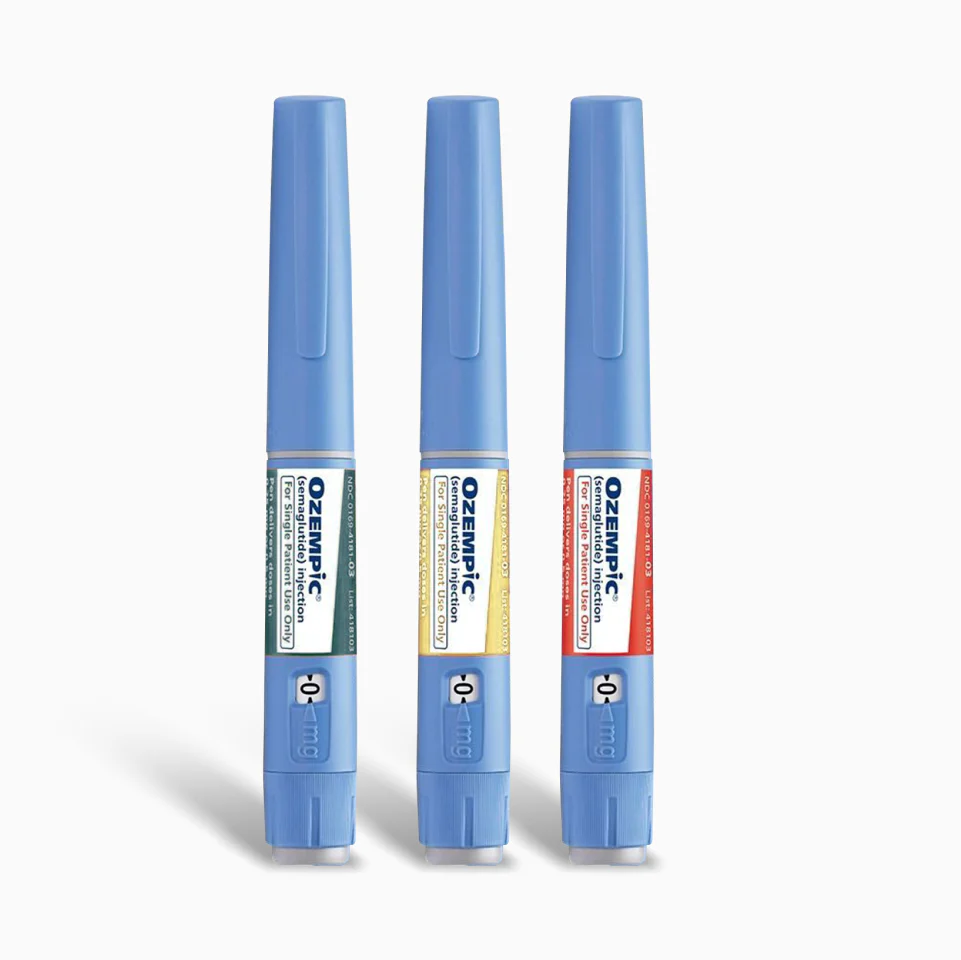
What is the Ozempic Dosage for Weight Loss?
Ozempic is not a “one-size-fits-all” solution. Its dosing starts low and gradually increases to minimize side effects like nausea or digestive discomfort. When used for weight loss, the starting dose is not meant for weight reduction, but for getting the body accustomed to the drug. The effective weight loss dose is reached gradually over time.
Who Can Use Ozempic?
Ozempic is manufactured in Denmark by Novo Nordisk and is officially approved for multiple uses:
- Type 2 Diabetes: More effective than traditional oral medications
- Diabetic Kidney Disease: Proven benefits in clinical trials
- Obesity Management: For patients who are overweight or obese and struggling with appetite control
Benefits of Ozempic for Weight Loss
- Reduces unnecessary snacking and cravings
- Helps with portion control
- Boosts metabolism and energy usage
- Enhances weight loss when combined with exercise (up to 3x more effective)
- Less likely to cause weight regain or “yo-yo” effect after discontinuation (results vary)
Dosage & Administration
Ozempic is a once-weekly subcutaneous injection.
| Dosage Level | Purpose |
|---|---|
| 0.25 mg | Starter dose (first 4 weeks) |
| 0.5 mg | Maintenance dose for blood sugar control |
| 1.0 mg | When 0.5 mg is insufficient |
| 1.34 mg | For enhanced weight loss in select cases |
Recommended Injection Sites:
- Abdomen
- Front of the thighs
- Back of the upper arms
Rotate injection sites to avoid skin irritation. Never inject into a vein.
3 Steps to Use Ozempic Pen Correctly
1.Prepare
- Wash your hands
- Check the pen label (Ozempic®) and clarity of the liquid
- Attach a new needle and tighten
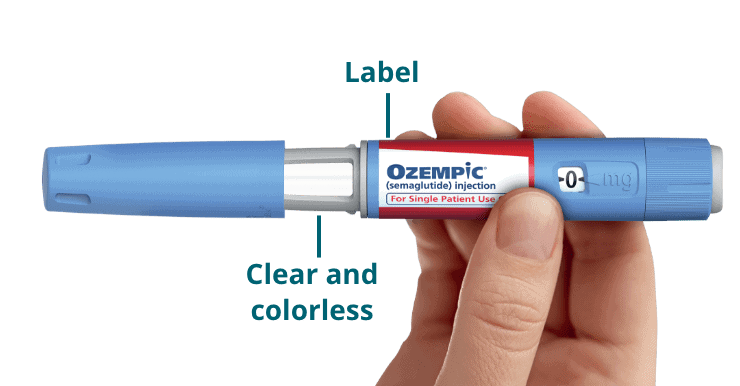
2.Select
- For first use: perform a flow check (symbol ✓)
- Dial to the prescribed dose
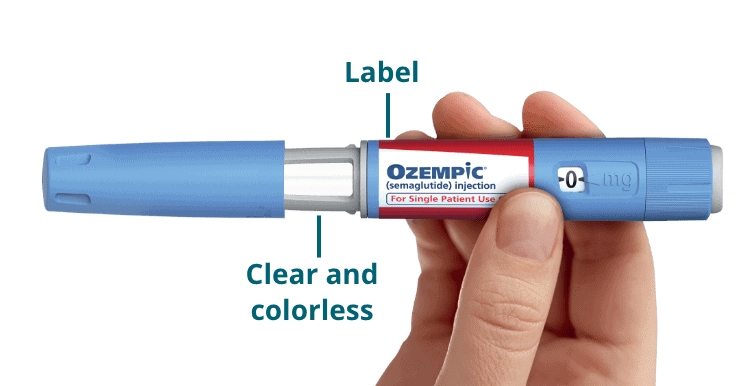
3.Inject
- Insert needle under the skin
- Press and hold the dose button until it reaches 0
- Count to 6 before removing the needle
- Safely dispose of the needle and recap the pen
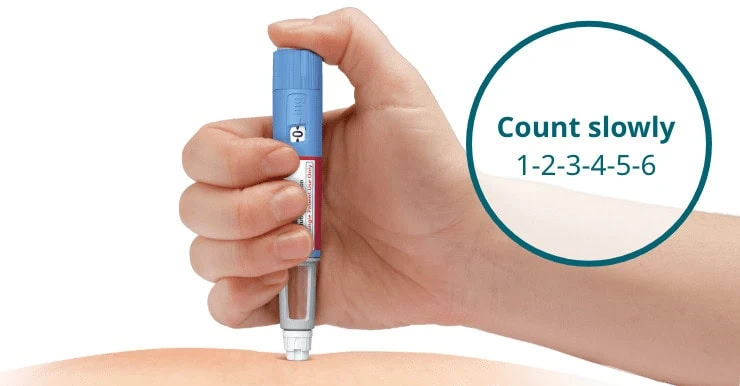
Storage Guidelines
- Before opening: Store in refrigerator (2-8°C)
- After opening: Keep below 30°C (can be kept outside fridge)
- Avoid direct sunlight. Discard if cloudy or discolored
Side Effects
Common:
- Nausea
- Vomiting
- Abdominal pain, diarrhea or constipation
- Headache, fatigue
Serious (rare):
- Pancreatitis
- Severe allergic reactions
- Hypoglycemia (especially when combined with other diabetes meds)
- Kidney issues
Who Should Not Use Ozempic?
- People with a history of MTC (Medullary Thyroid Cancer) or MEN2
- Pregnant or breastfeeding women
- Those with a history of pancreatitis
- Individuals with severe liver, kidney, or GI tract issues (should consult a doctor first)
How Much Does Ozempic Cost in Thailand?
| Dosage | Price Range (THB per pen) |
| 0.25 / 0.5mg | 12,000 – 15,000 THB |
| 1.0 mg | 17,000 – 18,000 THB |
| 1.34 mg | 19,000 – 20,000 THB |
Note: Prices may vary depending on the healthcare provider. These estimates typically apply to off-label use for weight loss and may not be covered by standard health insurance policies.
Best Practices While on Ozempic
- Follow a balanced, low-calorie diet
- Engage in regular physical activity
- Drink plenty of water
- Avoid alcohol
- Don’t adjust dosage without consulting a doctor
- Always attend follow-up appointments



